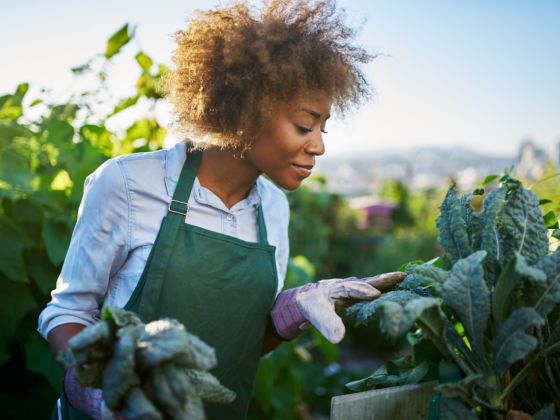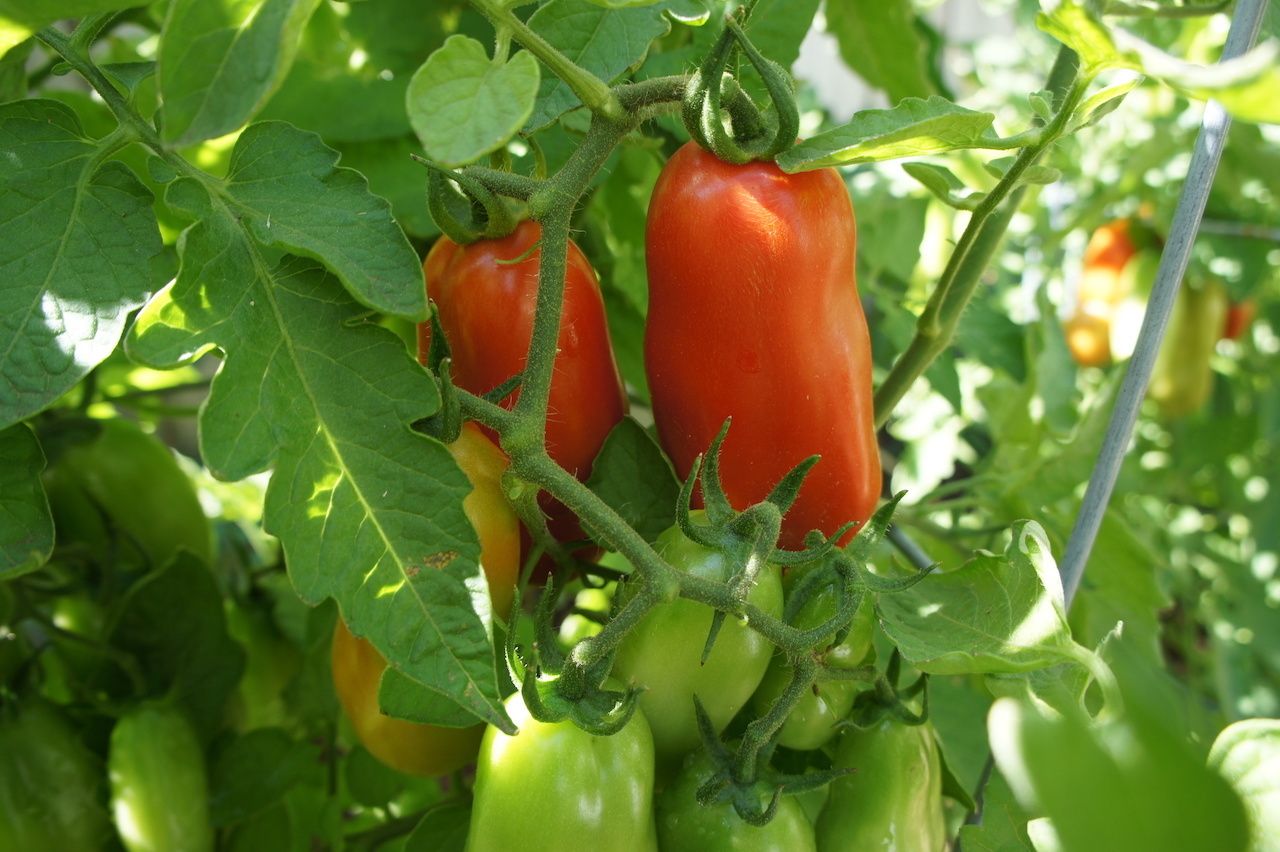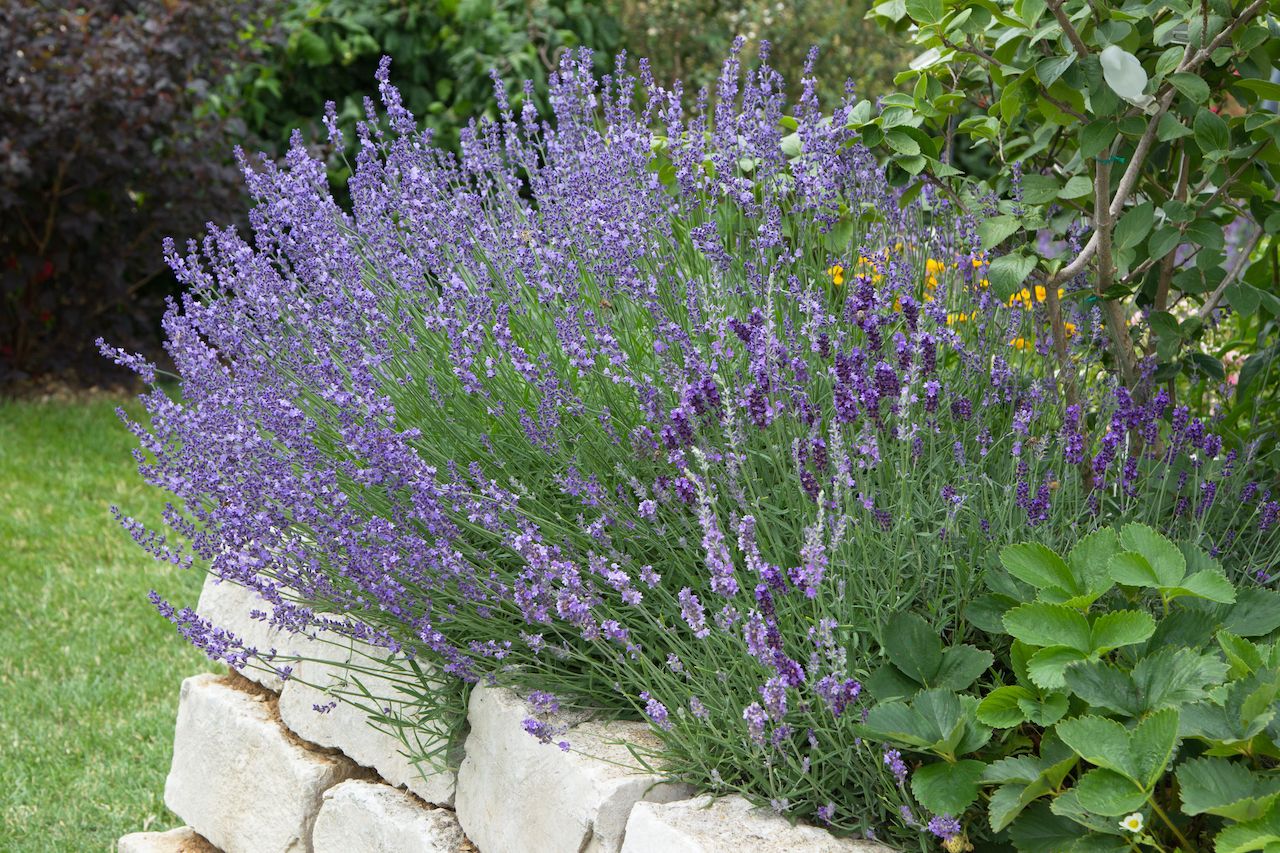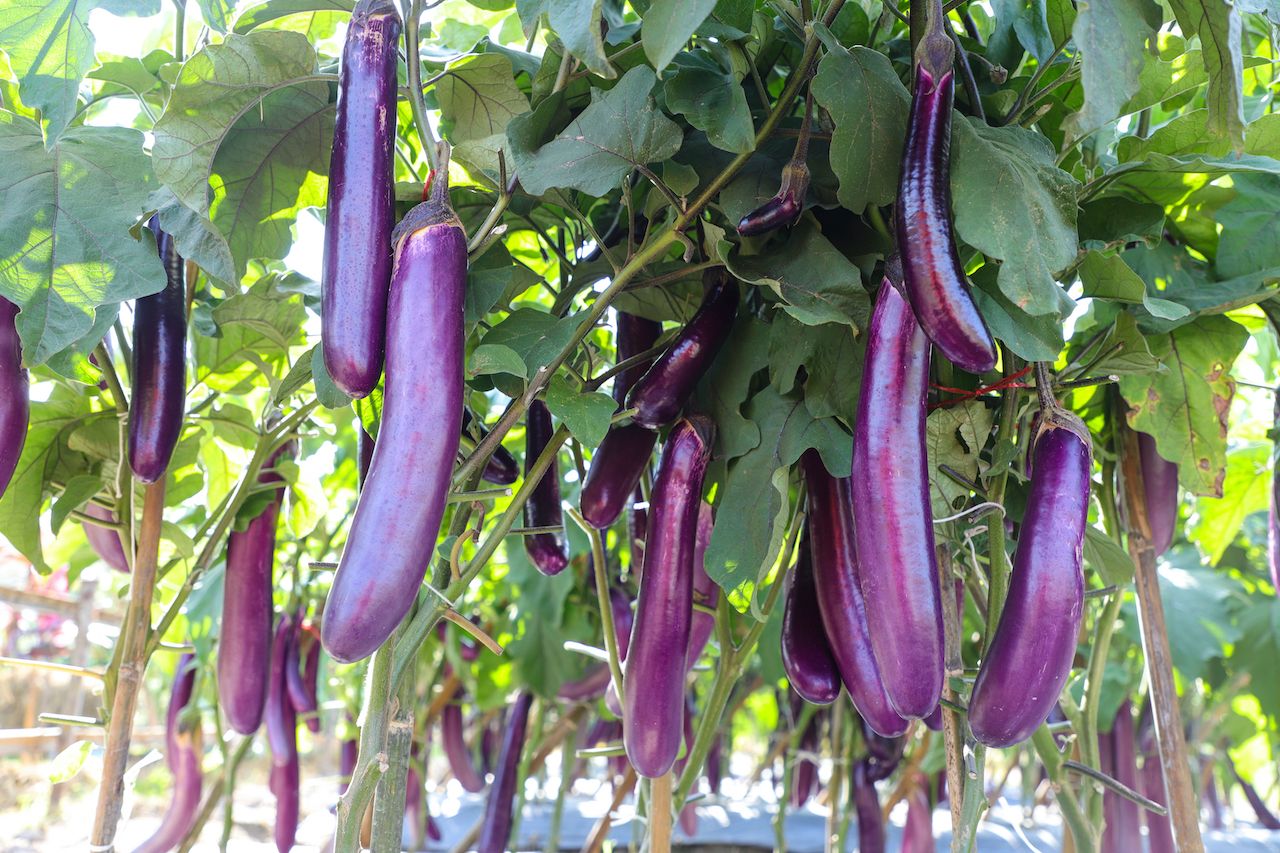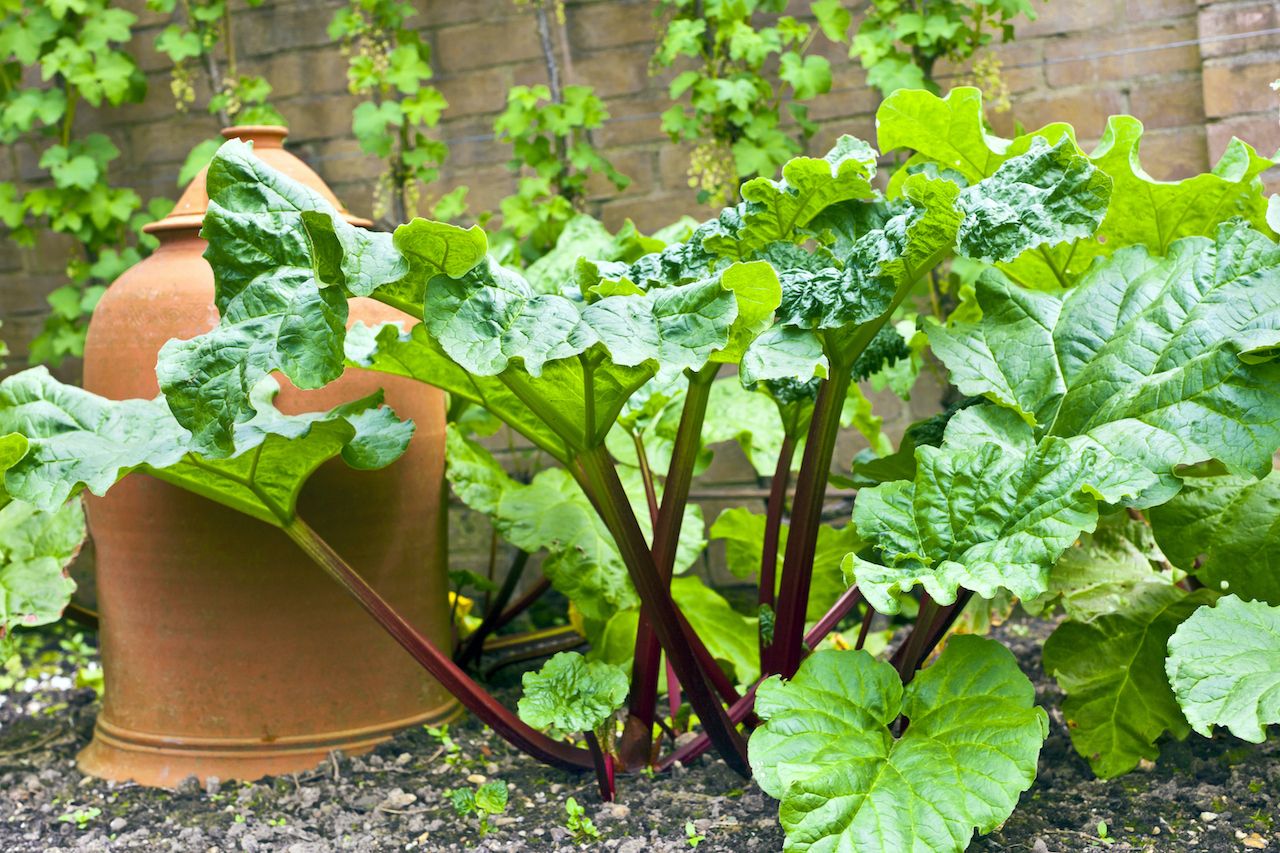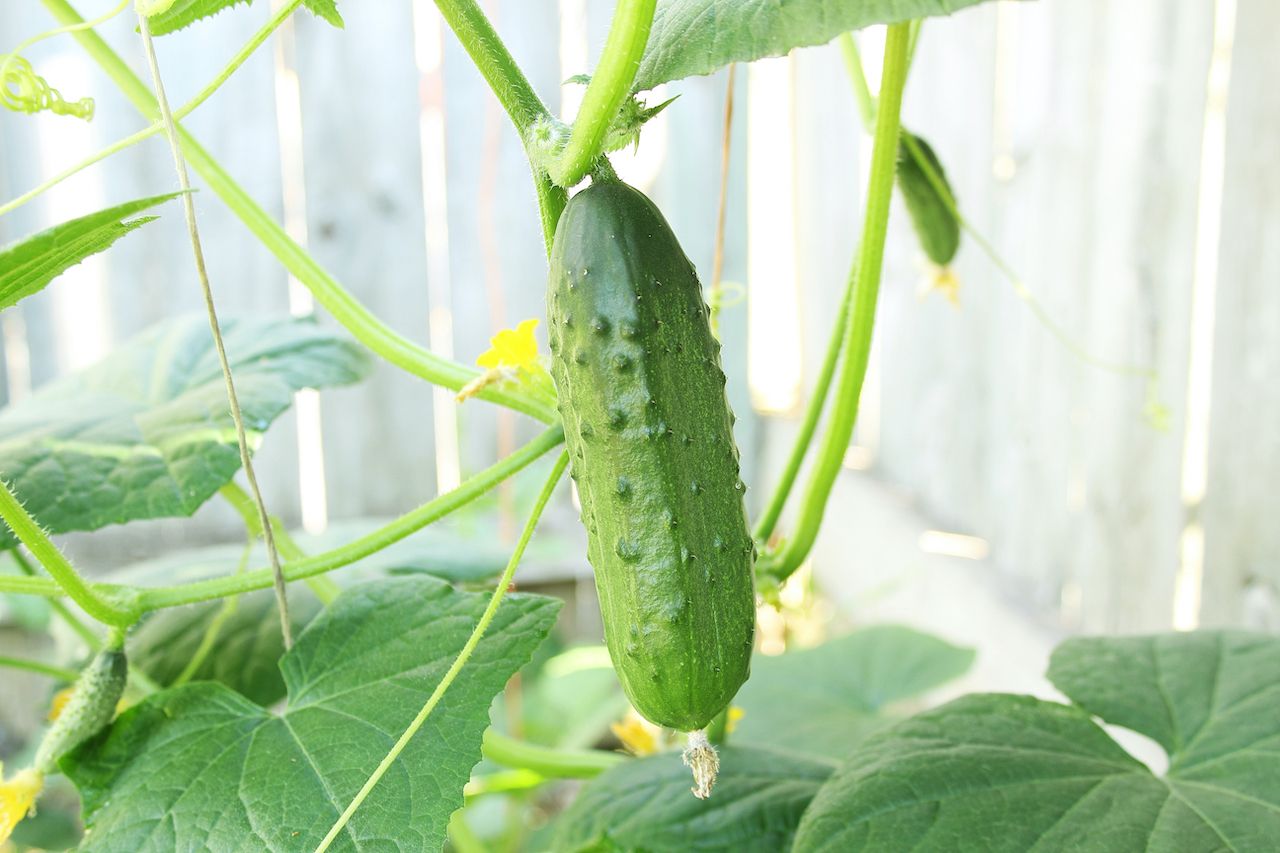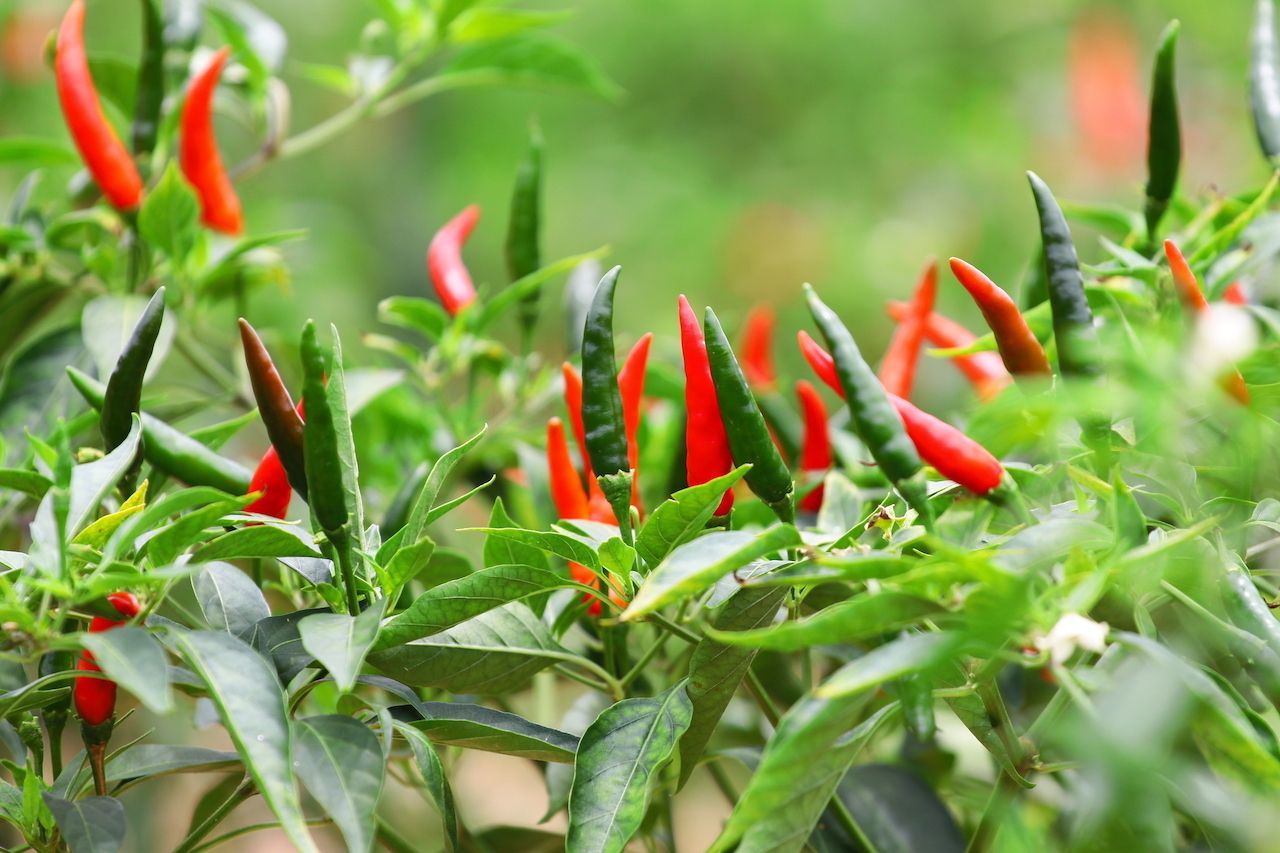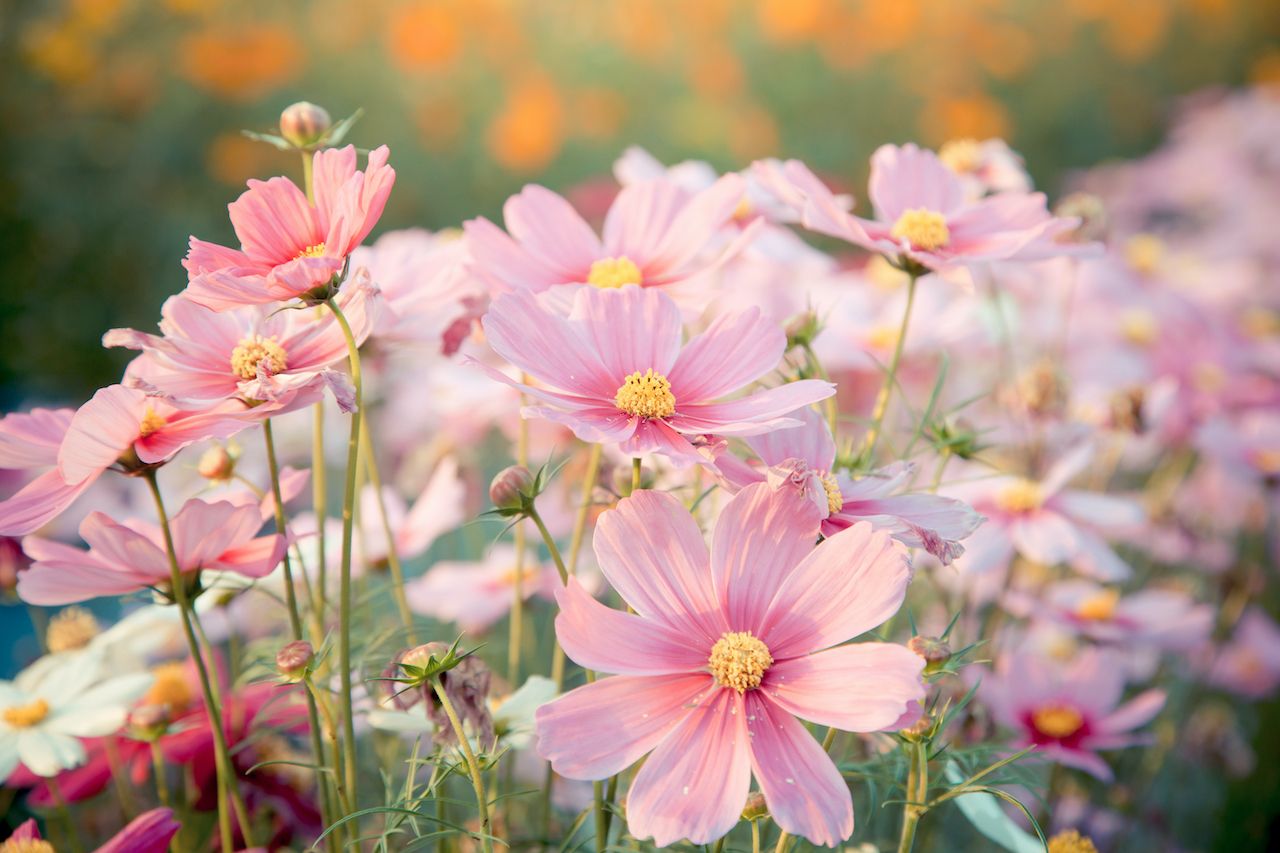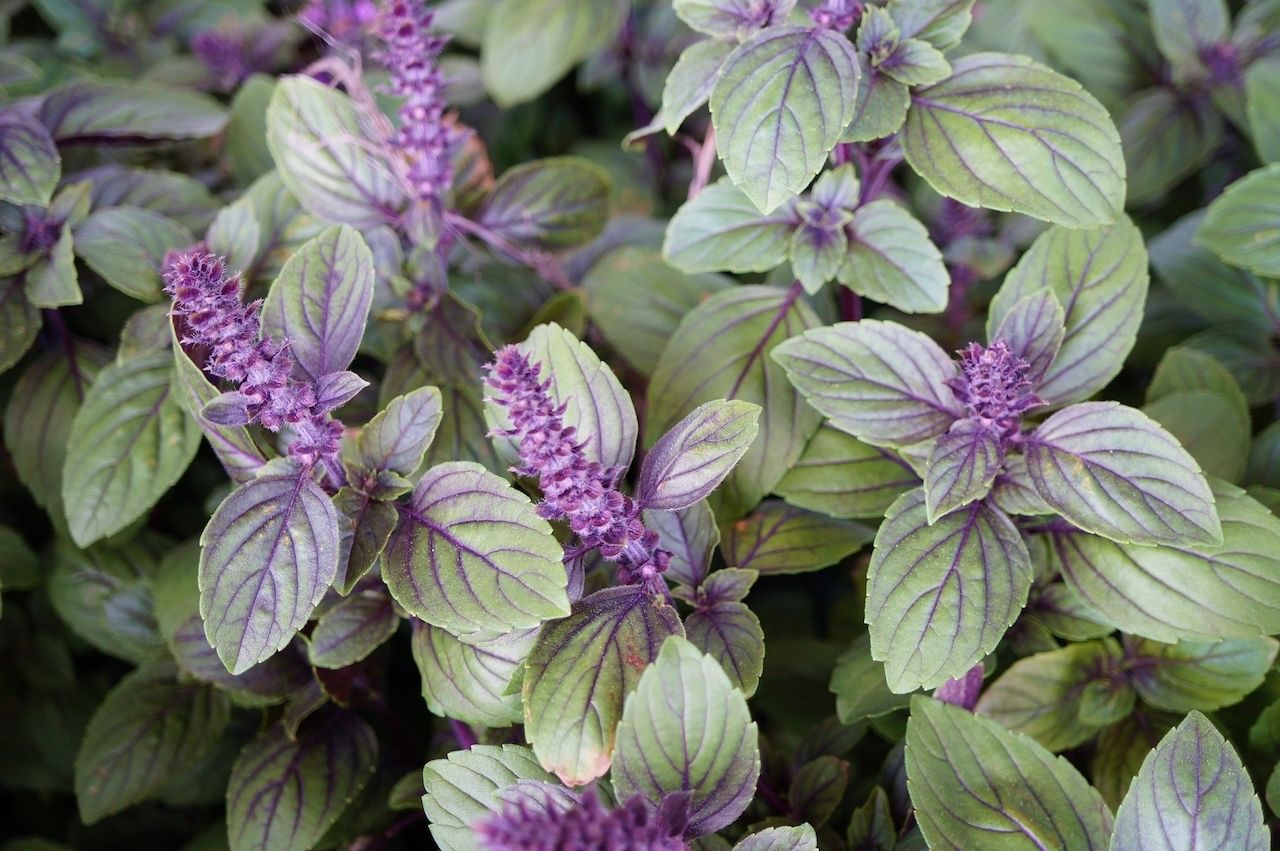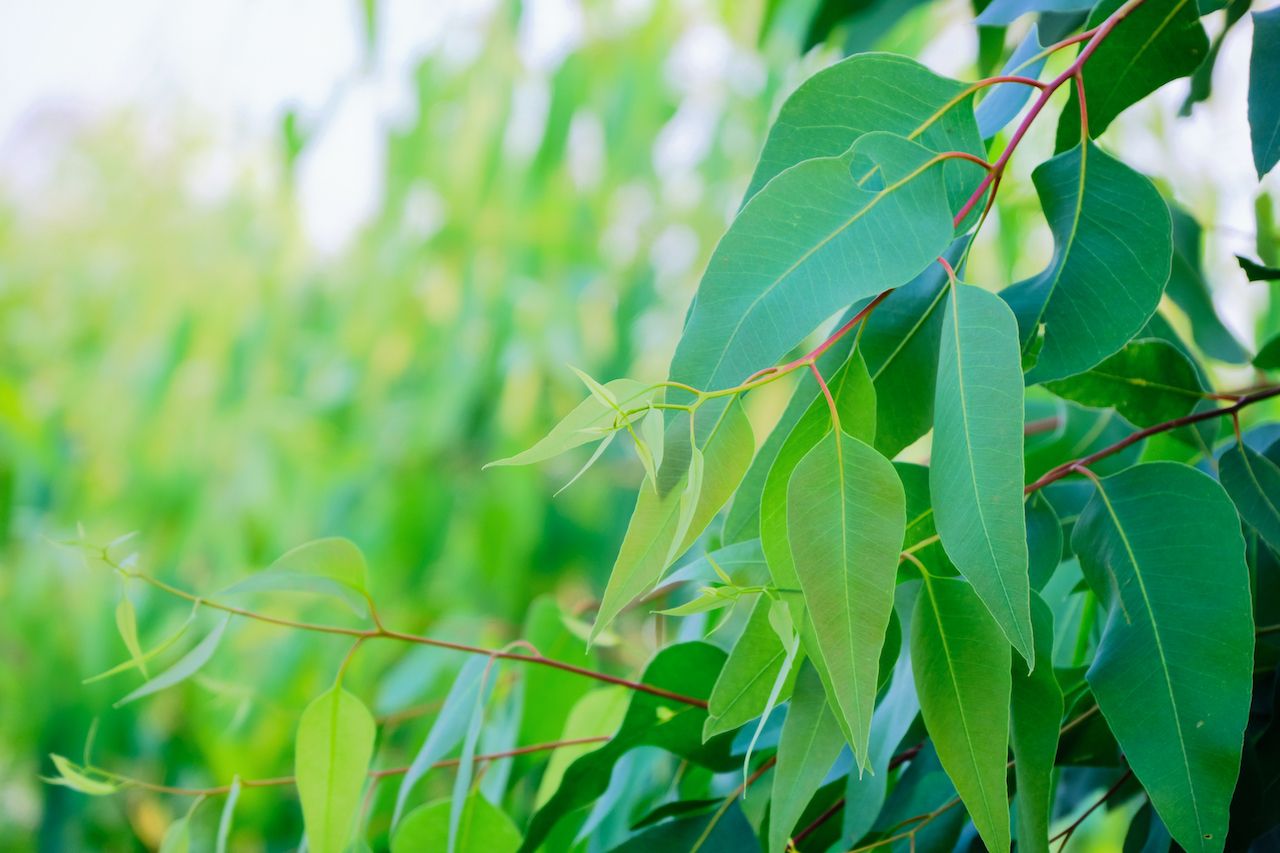Spring is well underway, and with it comes the growth of familiar regional flowers and foliage. But beyond the usual seasonal suspects, there’s a huge variety of plants from around the world that can transform your garden and whisk you away to faraway places.
Expert plant cultivator or complete novice, the proven therapeutic benefits of being outside, combined with our desire to know where our food comes from, means that gardening is an increasingly popular hobby. Add to it the access we have to new and interesting plant and seed varieties that can take us to every corner of the world, and you’ll soon be addicted to your green patch.
